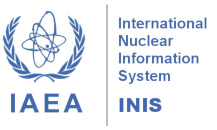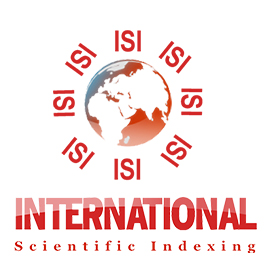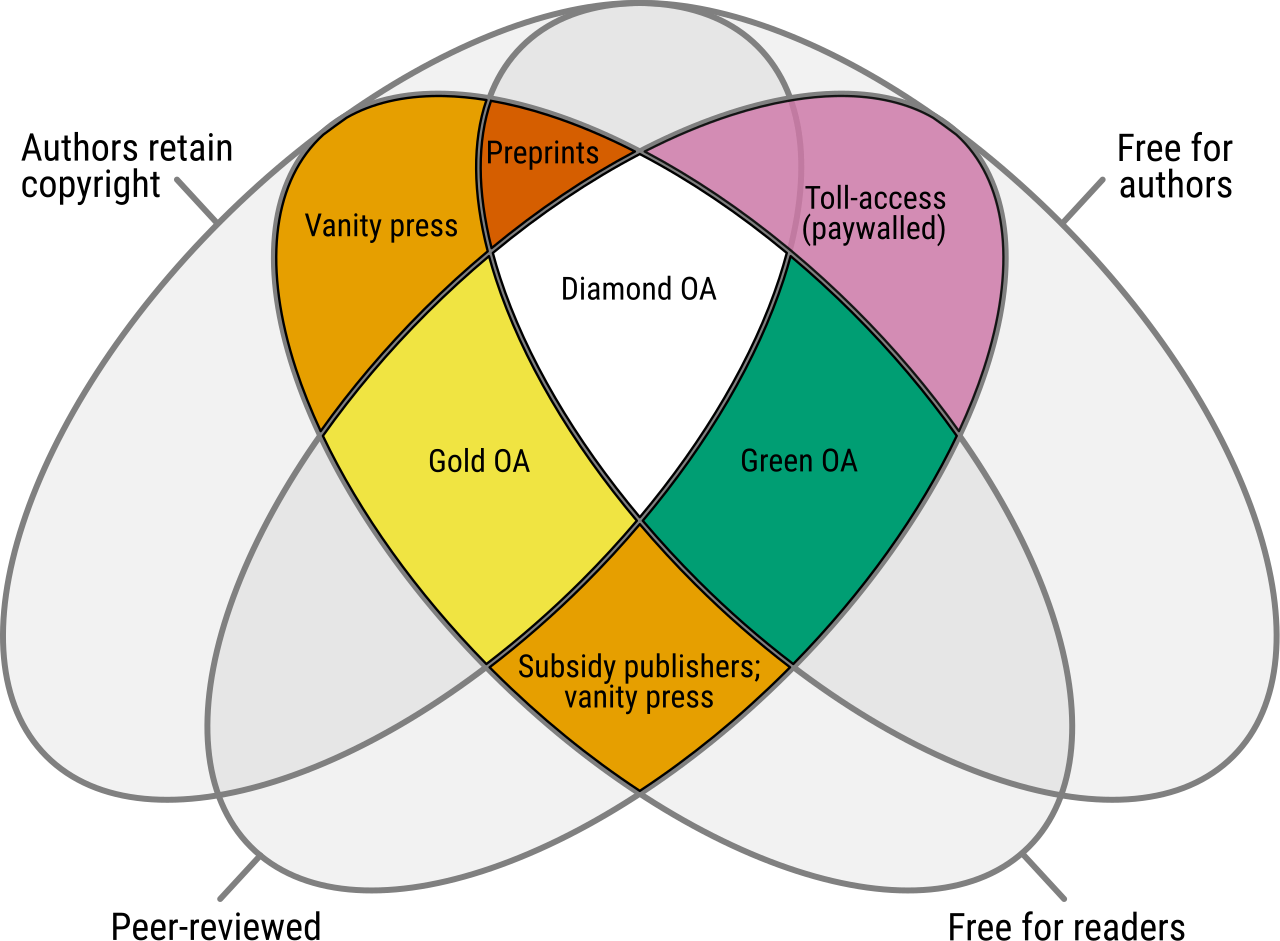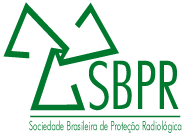Optimization of Flight Parameters for Gamma Radiation Detection and Mapping Using Drones
DOI:
https://doi.org/10.15392/2319-0612.2025.2897Keywords:
Drone-Based Mapping, Gamma Radiation Detection, Flight Parameters OptimizationAbstract
The application of drones in radiometric surveys has emerged as a promising solution, particularly for mapping radiation in areas that are difficult to access. This approach enables the creation of detailed distribution maps. However, the accuracy of the results is strongly influenced by the chosen flight strategy. This study explores how different flight parameters, such as speed and grid spacing, impact the quality of gamma radiation mapping, aiming to optimize the trade-off between measurement precision and operational efficiency, such as flight time and mapping coverage. To achieve this, two experimental flights were conducted using a drone equipped with a Geiger-Müller detector, with a Cs-137 source serving as a reference. The methodology involved continuous radiation measurements during flight, with data collected at predetermined points arranged in a structured grid, via GPS coordinates. This setup facilitated the development of a three-dimensional representation of the gamma dose distribution. By comparing the results of both flights, each configured with distinct operational settings, it was possible to evaluate the impact of flight parameters on the effectiveness of radiometric detection of dose rate distribution using drones. The results suggest that dose rate mapping tends to achieve higher resolution when lower flight speeds are adopted and when data collection points are more densely distributed across the surveyed area.
Downloads
References
[1] A. Molnar, et. al, “Gamma radiation distribution map creation using a small-sized drone“, Proceedings of the IEEE 18th International Symposium on Computational Intelligence and Informatics (CINTI 2018), Budapest, Hungary, pp. 161–166, 21–22 November, 2018. DOI: 10.1109/CINTI.2018.8928202. DOI: https://doi.org/10.1109/CINTI.2018.8928202
[2] A. Molnar, Z. Domozi, I. Lovas, “Drone-Based Gamma Radiation Dose Distribution Survey with a Discrete Measurement Point Procedure“, Sensors, v. 21, p. 4930, 2021. DOI: 10.3390/s21144930. DOI: https://doi.org/10.3390/s21144930
[3] B. Li, Y. Zhu, Z. Wang, C. Li, Z.-R. Peng, and L. Ge, “Use of MultiRotor Unmanned Aerial Vehicles for Radioactive Source Search“, Remote Sensing, v. 10, n. 5, p. 728, 2018. DOI: 10.3390/rs10050728. DOI: https://doi.org/10.3390/rs10050728
[4] F. Mamed, et. al “A Drone-Based Approach for Radiometric Mapping of Gamma Radiation“, Brazilian Journal of Radiation Sciences, , Rio de Janeiro, Brazil, v. 12, n. 4A (Suppl.), p. e2716, 2025. DOI: 10.15392/2319-0612.2024.2716. DOI: https://doi.org/10.15392/2319-0612.2024.2716
[5] J. Aleotti, et. al, “Detection of Nuclear Sources by UAV Teleoperation Using a Visuo-Haptic Augmented Reality Interface“, Sensors, v. 17, n. 10, p. 2234, 2017. DOI: 10.3390/s17102234. DOI: https://doi.org/10.3390/s17102234
[6] L. Pinto, et al., “Radiological Scouting, Monitoring and Inspection Using Drones“, Sensors (Basel), v. 21, n. 9, p. 3143, 2021. DOI: 10.3390/s21093143. DOI: https://doi.org/10.3390/s21093143
[7] P. Roy, et. al, “Radiation surveillance using an unmanned aerial vehicle“, Applied Radiation and Isotopes, v. 67, p. 340–344, 2009. DOI: 10.1016/j.apradiso.2008.10.008. DOI: https://doi.org/10.1016/j.apradiso.2008.10.008
[8] S. Mochizuki, et. al, “First demonstration of aerial gamma-ray imaging using drone for prompt radiation survey in Fukushima“, Journal of Instrumentation, v. 12, p. P11014, 2017. DOI: 10.1088/1748- 0221/12/11/P11014. DOI: https://doi.org/10.1088/1748-0221/12/11/P11014
[9] Y. Sanada, T. Torii, “Aerial radiation monitoring around the Fukushima Dai-ichi Nuclear Power Plant using an unmanned helicopter“, Journal of Environmental Radioactivity, v. 139, p. 294–299, 2015. DOI: 10.1016/j.jenvrad.2014.06.027. DOI: https://doi.org/10.1016/j.jenvrad.2014.06.027
Published
Issue
Section
License
Copyright (c) 2025 Felipe Mamed, Alessandra Vaz, Ary Machado, Jonathan Oliveira, Leandro Silva, Paulo Barreto, Paulo Iack, Paulo Silveira, Rodrigo Curzio, Rodrigo Souza, Wallace Vallory

This work is licensed under a Creative Commons Attribution 4.0 International License.
Licensing: The BJRS articles are licensed under a Creative Commons Attribution 4.0 International License, which permits use, sharing, adaptation, distribution and reproduction in any medium or format, as long as you give appropriate credit to the original author(s) and the source, provide a link to the Creative Commons license, and indicate if changes were made. The images or other third party material in this article are included in the article’s Creative Commons license, unless indicated otherwise in a credit line to the material. If material is not included in the article’s Creative Commons license and your intended use is not permitted by statutory regulation or exceeds the permitted use, you will need to obtain permission directly from the copyright holder. To view a copy of this license, visit http://creativecommons.org/licenses/by/4.0/






















